9 Superfoods You Can Grow in Your Garden
Did you know that the foods your family eats have a direct impact and correlation with how efficiently their bodies heal and prevent certain types of diseases? It’s true! There are superfoods out there that are filled with vitamins and minerals that work just like medicine for our bodies. And what’s even better news is that several of them aren’t too difficult for you to grow on your own. These are 9 superfoods that you should be growing in your garden.
9 Superfoods You Can Grow in Your Garden
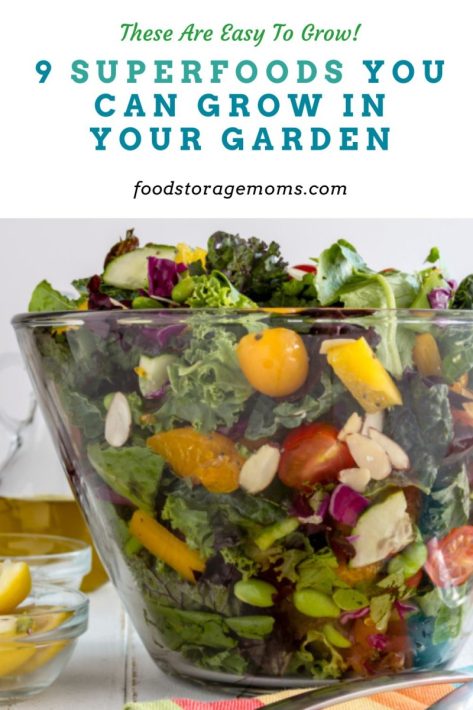
Items I Highly Recommend:
- Good Garden Gloves
- Sturdy Garden Tools
- Solar Garden Lights (you can bring them inside your home if you have a power outage)
- I purchase all of my garden seeds from this company: SeedsNow
What are superfoods?
Maybe some of you are still wondering what I’m even talking about. Some of the superfoods I’m referring to include vegetables and fruits that have more vitamins, minerals, and antioxidants than your average produce. These superfoods have proven to help boost immunity, manage blood pressure, lower cholesterol, lower your risk of certain cancers, and so many other wonderful benefits for the body. Who doesn’t want that for their family?
9 Superfoods You Can Grow in Your Garden
There are some certain superfoods that are more challenging to grow than others, but there are still plenty of them that even the inexperienced gardener will have success with. Keep reading to find out what amazing superfoods you can be growing in your garden and the many benefits that they bring.
1. Broccoli
This may come as a surprise to some of you, but did you know that broccoli actually contains more vitamin C in it than oranges have? That information certainly surprised me the first that I’d heard of it, but again, it’s true! Broccoli is also rich in folate, fiber, vitamin K, and plenty of other essentials your body needs.
Some of you, like myself, have found the prices on broccoli to be absolutely ridiculous at the grocery store these days. Fortunately, growing your own broccoli is relatively cheap and easy, while providing your family with high yields of densely-nutritious food all growing season long. Broccoli: Everything You Need to Know
2. Tomatoes
Tomatoes are one of the easiest crops to grow in a garden, while they also do extremely well growing in pots for those with limited backyard space. Scientifically considered a fruit, tomatoes are filled with several different vitamins, including vitamins A, C, and B6. They are also a good source of lycopene, which is an antioxidant that helps to protect your cells from UV ray damage that’s caused by the sun.
There are so many different ways to cook tomatoes or to eat them raw, as you do when eating them as part of a salad. Personally, I could sit there and eat a tomato with a pinch of salt just like you would an apple. There is nothing better than that first red tomato you see in your garden, right? Top Gardening Tips for Growing Tomatoes
3. Kale
Kale has become quite popular over the past decade for its nutritional value and versatility. Kale is packed with vitamins A, C, and K, as well as being a good source of fiber, manganese, and calcium. This superfood is perfect for salads, smoothies, or as a healthy snack when baked into kale chips.
Kale is an extremely hearty crop and can handle a bit of frost without causing any significant damage to your plants. This means that you can actually start growing it a few weeks before your last frost date and still get a bountiful harvest. Kale: Everything You Need to Know
4. Cucumbers
A superfood that often gets left out, cucumbers are actually a nutritional powerhouse. Cucumbers contain vitamins B and C, as well as potassium, magnesium, and calcium. This superfood is perfect for hydrating the body during those hot summer days, or can be used to make delicious pickles.
Cucumbers are one of the easiest crops to grow in your garden and will provide you with an abundant harvest all season long. I would recommend planting a few extra plants though as cucumbers are extremely popular among both two and four-legged creatures in the neighborhood. Cucumbers: Everything You Need to Know
5. Herbs
I know that herbs are typically used more for flavoring food rather than eaten on their own, but they still pack a nutritional punch. Common herbs such as basil, oregano, sage, and thyme are all excellent sources of vitamins A and C. They also contain antioxidants, which help to protect your cells from damage.
Herbs are extremely easy to grow indoors or outdoors and a little goes a long way when it comes to flavoring your favorite dishes. I would recommend growing a variety of herbs so that you always have fresh ones on hand when you need them. Top Herbs that Work Great for Healing
6. Beans
There are so many different types of beans, but they all have one thing in common and that’s their nutritional value. Beans are an excellent source of protein, fiber, vitamins, and minerals. They are also low in fat and calories, making them the perfect food for those watching their weight.
Beans are a bit more challenging to grow than some of the other superfoods on this list, but they are still relatively easy to grow. I would recommend planting them in early spring after your last frost date. The Top Health Benefits of Beans
There are a number of bean varieties. I’ve always preferred beans that grow as a bush rather than on a vine. I just seem to have more success, and the bush beans have great flavor with a special sweetness.
7. Spinach
Last, but certainly not least (as far as vegetables are concerned), we have spinach. This superfood is packed with vitamins A, C, and K, as well as iron, calcium, and magnesium. Spinach is also a good source of fiber and protein.
Spinach is a bit more delicate than some of the other superfoods on this list, but it’s still relatively easy to grow. I would recommend planting it in early spring so that you can enjoy fresh spinach all season long. Growing Spinach: Everything You Need To Know
8. Strawberries
Strawberries are not only one of the most delicious superfoods, but are also one of the healthiest. This superfood is packed with vitamins C and K, as well as fiber, folic acid, and manganese. The health benefits of eating strawberries include reducing the risk of cancer, heart disease, and stroke.
Strawberries are an easy crop to grow in your garden and will provide you with an abundance of fruit all season long. I would recommend planting a few extra plants since strawberries are extremely popular among both two and four-legged creatures in the neighborhood. Strawberries: Everything You Need to Know
When our girls were growing up we planted both June bearing and other varieties so we’d have this delicious fruit to eat all summer and early fall. The kids loved to go out and pick them so they’d be fresh for dessert. We also made a bunch of strawberry jam so we could enjoy them during the winter months too.
9. Watermelons
What would a summer garden be without any watermelons? This superfood is not only refreshing on a hot day, but is also good for you. Watermelons are packed with vitamins A, B6, and C, as well as lycopene and other antioxidants and electrolytes. These vitamins and minerals provide health benefits such as helping to reduce the risk of cardiovascular disease.
Growing watermelons may seem like a daunting task, but it’s actually quite easy. Watermelons are a bit of a vining plant, so they will need some extra space to spread out. Other than that, they are relatively low maintenance and will provide you with plenty of delicious fruit all summer long. How To Dehydrate Watermelon
More Gardening Tips:
- Back to Eden Gardening Steps
- What is Core Gardening?
- Gardening Techniques: Which One is Right for You?
Why We Need Antioxidants in Our Foods
As I’ve written this post post I’ve mentioned that many of the superfoods discussed have what are called antioxidants, and that these provide health benefits we should all want. I’m not a trained nutritionist, but I’ve done enough research to give you some insight regarding antioxidants and why we want them in our food.
We all have forces in our environment that make their way into our bodies. Some of these are compounds that cause harm to the cells in our bodies and are called free radicals. Antioxidants are molecules that fight against these free radicals, thus, helping to protect our precious cells.
Free radicals have been linked medically with various illnesses that include some cancers, diabetes, and heart disease. All these diseases kill thousands of our family and friends each year, so it is important to eat foods that include antioxidants in their makeup so we can all live longer.
Although our bodies do produce some antioxidant protection, it generally isn’t enough. That’s why we should take advantage of foods that provide the extra level of antioxidant protection available. Many fruits, veggies, and other plant-based whole foods are our allies since they provide antioxidants based on the vitamins E and C they provide.
I didn’t realize it, but some free radicals actually benefit us since they make up part of our immune cells. It’s important to have more antioxidants than free radicals so our DNA and other critical molecules don’t get damaged.
There are many factors in our daily lifestyle and environment that can promote many free radicals in our body as follows:
- toxins
- bacterial, viral, and fungal infections
- polluted air
- direct and secondary cigarette smoke
- too much-polyunsaturated fat in our food
- excessive sugar intake
- consumption of too much alcohol
- exercise applied to the point of body tissue damage
- radiation in the form of too long in direct sunlight
Some sources of foods with antioxidants that I didn’t include here are, berries of all kinds, green tea, coffee, dark chocolate, and meat products, including fish.
We All Need Dietary Fiber
All the superfoods from our garden provide some level of diatary fiber. You might ask why that is important. Let’s discuss a few benefits of having enough fiber in our diet.
Dietary fiber comes mainly from the fruits, vegetables, whole grains, and legumes we eat each day. They all help make for a healthy digestive system and promote consistent bowl movements.
Foods with fiber also promote a healthy body weight, lower our risk of heart disease, various types of cancer, and even diabetes.
In writing this post I found out some interesting things about fiber. Foods with fiber are often referred to as roughage or bulk. The fiber in a plant are the parts of that plant that our bodies can’t break down, digest, or absorb. Instead, our bodies pass the fiber along through our stomach, small and large intestine, and the colon pretty much intact and that’s how it passes out of the body.
I didn’t realize it, but fiber from food is either soluble or insoluble. Soluble fiber actually dissolves in water and becomes gel-like in nature. I helps to lower our blood cholesterol and glucose levels, both worthy results in promoting health. We’ll find soluble fiber in oats, peas, beans, apples, all citrus fruits, carrots, and most grains.
Insoluble fiber promotes the food to move through our digestive tract and provides the “bulk” you see in our toilet. It can be a true friend for those who suffer from frequent constipation. Some sources of insoluble fiber are whole-wheat flour, potatoes, and green beans.
You might be wondering how much fiber we really need each day to maintain that health diet we strive for. It is suggested that women 50 or younger need 25 grams and if 51 or over it should be 21 grams. For men in the same age groups it would be 38 and 30 grams.
Some good daily steps to maximize your fiber intake may include:
- Start the day out right: be sure to include good fiber content in your morning breakfast. Look for whole grain, fiber, or bran in the cereal name if cereal is part of your breakfast meal.
- Whole grains are critical: at least 50% of our grain consumption should be whole grains. Look for the word “whole” when buying breads or other foods with flour.
- Baked goods need more bulk: try using whole-grain flour when making all your baked goods, including those desserts.
- Learn to live on legumes: fiber can come from beans, peas, and lentils. Some fun things to do would be to have refried beans when eating chips or nachos, put some kidney beans in that soup mixture or the next salad, etc.
- Fruits and Veggies should be a mainstay: we seem to always hear, “Eat more fruits and vegetables,” but how many of us really follow that advice on a daily basis.
- Help make that snack meaningful: snacks we all love to eat can also help with your fiber intake goals. Again, fruits are great, along with nuts, whole-grain crackers, and more.
Final Word
So there you have it, nine superfoods that you can grow right in your own backyard. Not only are these superfoods packed with nutrients that your body needs, but they are also delicious and easy to grow. So what are you waiting for? Get out there and start growing! May God Bless this world, Linda
Copyright Images: Super Foods In Bowl Depositphotos_78370094_S

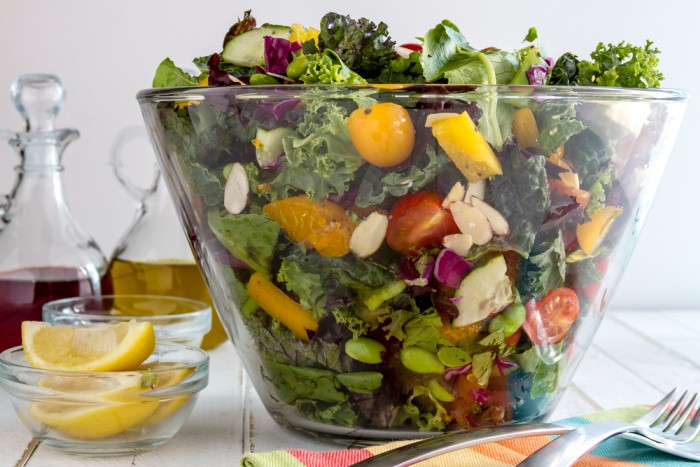

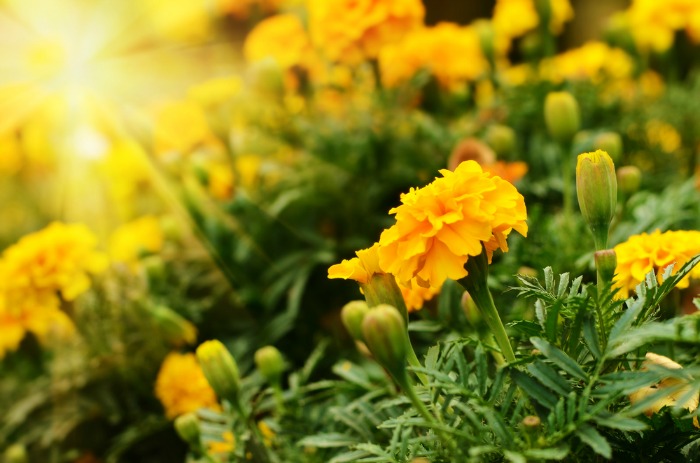
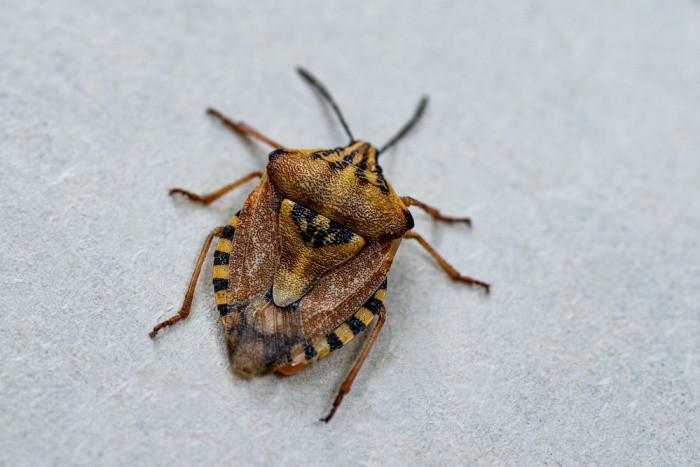
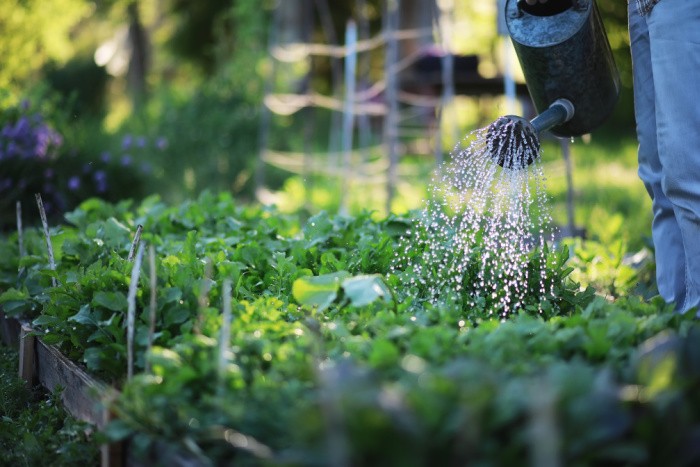
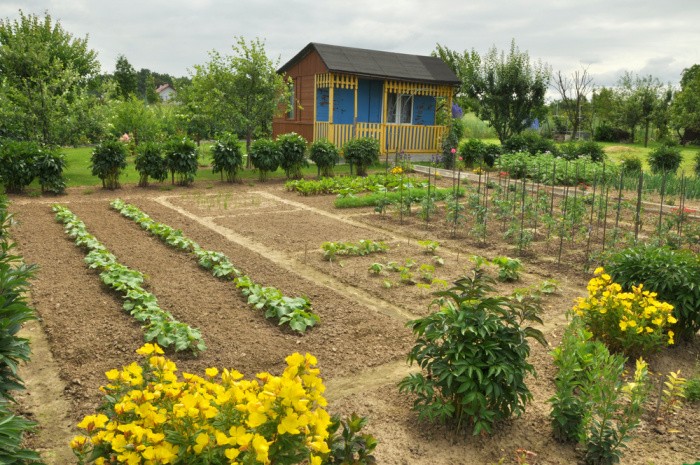
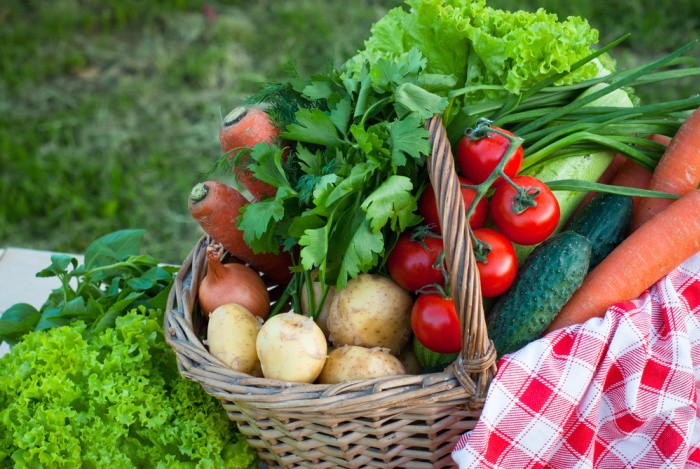
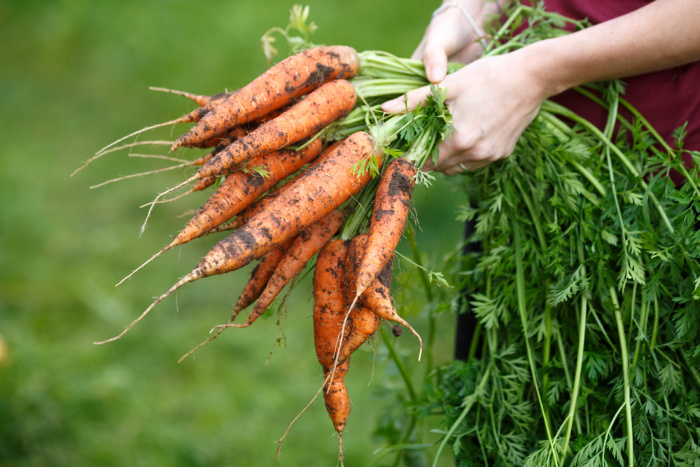

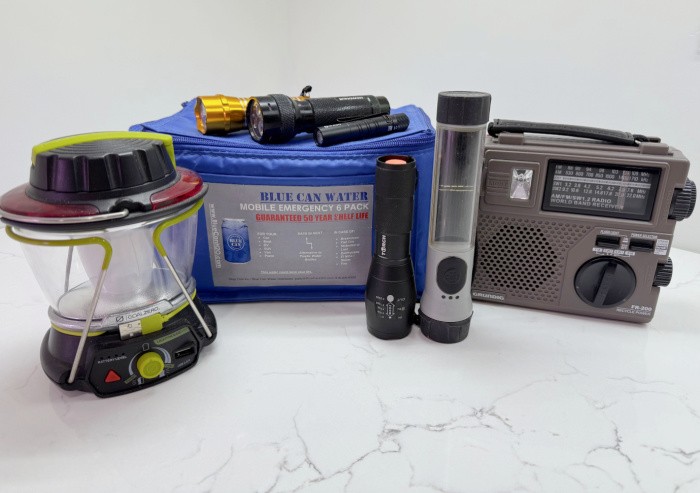
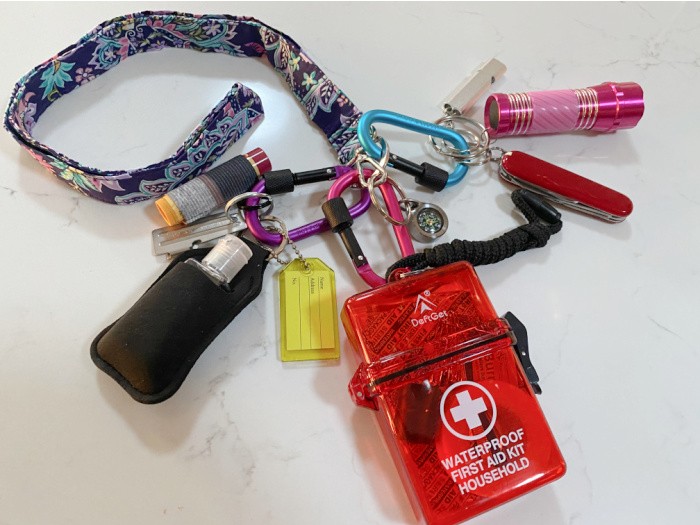










Our bean crop went nowhere this year. What a disappointment because I was looking forward to canning them. We have never tried to grow our own watermelon. There is a local farmer that grows them and we buy from him, otherwise, we grow all the other “superfoods”.
Hi Paula, that is so disappointing when a crop does not grow!! All we can do is grow what we can and supplement from Farmer’s Markets! Now I want some good watermelon! LOL! Linda
Since I no longer garden, other than raspberries, I am forwarding this article on to my daughter and daughter in law. I am currently trying to read more about “Bugging in” , since this would appear to be our only option, given our current circumstances and medical conditions…..assuming the house is not on fire or flooded.
Hi Chris, there are a lot of people new to gardening and some people can’t garden at all. Bugging in is my only option as well. I hear you! Linda
Sprouting micro-greens from seeds is another great super food and pretty easy to do! Not verified, but I have heard a small bowl is nutritionally equal to a big bowl of regular salad.
Hi Jan, great comment. I have heard that. I got nervous when I learned that bacteria can grow in the jars. I have no scientific knowledge or experience but I got scared and stopped. I would love to hear from others. I know several friends grow them with great success. Linda
Hi Linda, I like growing them on trays better than in jars. Then you just cut the tops off to eat, like harvesting a crop in the garden. In jars works also. I suppose if you rinsed them with regular tap water, the chlorine would help keep them nicer. Enjoy!
Hi Jan, I saw some you can grow in trays, they looked awesome! Thank you! Linda
Linda, I agree with Jan about sprouting microgreens. I usually have broccoli, clover, alfalfa and sometimes radish sprouts growing. Great on sandwiches or in salads. I sprout mung beans for stir frys.
I grow everything on your list except Kale because I just don’t much care for it. I sort of like Red Russian kale, but I prefer Bright Lights Swiss Chard instead.
Like Paula my bean crop went nowhere this summer, but I’m planting them again in a day or two as our long growing season here will get me a decent crop if they come up.
Hi Ray, I need to do those microgreens, they sound so good and healthy! I’m sorry to hear your beans didn’t make the first time around. Hopefully,the weather will hold for you to have a second crop. Linda
Good luck on that second crop of green beans. We decided to tear them out and have some turnips and beets growing where they were planted. Those are coming up so we’ll have what looks like a promising crop of those!
I understand the value of certain foods, but I think we all should plant as much as we can and hopefully at least have access to the things that we may not be able to grow in abundant supplies, but at least we have them. Maybe we can trade with others who know how to better propagate those particular fruits or vegetables that we do nut have much luck with.
I guess what I’m advocating is we all have maybe an experimental or special garden or collection of crops, but of course focus on those things that grow easily and abundantly in the climate we live in or with the resources and conditions we can provide.
Where I live loquat trees are ridiculously easy to cut and plant and they grow very fast. We also have some plantains and tangerines which I would like to assist to grow more fruits.
I’m trying to collect materials to setup beds or growing stations and some kind of greenhouse, but mostly just screening to protect the gardens or potted plants from insects and vermin.
Sprouts are wonderful as are microgreens and herbs, but once you sprout seeds you’ve got nothing to grow again, but the latter can be sustainable gardens.
Hi Frank, I totally agree with you. We must grow as much food as we can that grows well in our soil and location. I love hearing what grows in different areas of the country. We soon learn what works and doesn’t grow well in our climate and locations. I call them learning curves. We can always ask a neighbor what grows well in our neighbor and when the season starts and ends. I would love a greenhouse. Great comment, thank you. Linda
Linda;
Thanks f or the hints. I see so many sites saying stock up on this or that and they leave out not necessarily the easiest way but surely the best way to stock up in your pantry. People do not realize that canned food has many things in it that you really don’t want to eat especially GMO’s. I have had to stop buying some things because they do have the GMO’s in their products. I complained to the company and they said it is cheaper to use them. I told them right then and their they are headed for a lawsuit if someone ever has a reaction to them. Didn’t seem to bother them but I don’t buy Campbell’s soups anymore. I will make my own. I know they use a lot of fish in GMO’s and my daughter is deathly allergic to fish. She can eat Shell fish (I can’t) so it is easier to make some things myself for both our sake’s
HI Jackie, thank goodness you are aware of what you can eat! I remember watching a documentary about Genetically Modified food, it was an eye-opener for sure. It’s nice that some canned food now states whether the food inside is non-GMO. I buy those cans! We must be aware of what we are eating that’s for sure. Linda